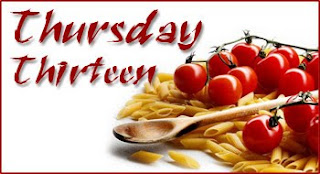
HERBES de PROVENCE TOP SIRLOIN FAT CAP serves 6
Cook Time: 35 minutes Total Time: 1 hour 35 minutes
1.5-2 pound top sirloin cap roast
3-4 garlic cloves, FINELY minced
2 1/2 teaspoons kosher salt
1 tablespoon herbes de Provence
1 tablespoon avocado oil
- Set a roasting rack inside a rimmed baking sheet and set aside.
- Sprinkle the salt over the garlic and form mixture into a paste.
- Stir in the herbes de Provence and the oil, mixing all together.
- Remove steak from packaging and pat dry.
- Score the fat cap—cut diagonal lines across the surface of the fat in both directions so you have a cross-hatched pattern. Take care not to cut down into the roast itself.
- Rub the meat all over with the rub.
- Let the meat sit for 30 to 60 minutes to take the chill off and absorb the flavors of the rub.
- Preheat oven to 375°.
- Place a large cast-iron skillet over medium-high heat and add enough avocado oil to coat the bottom of the pan.
- Place the meat, fat cap side down, in the pan and sear for about 3 minutes.
- Flip and sear on the other side for an additional 3 minutes.
- Transfer the roast to the prepared baking sheet and place in oven.
- Roast for about 15-20 minutes per pound, or until an instant-read meat thermometer registers 140°.
- Remove from oven and rest for at least 15 minutes before slicing and serving.
And for a bit of trivia, the consolidated history of Herbes de Provence. At first this herb blend originated in the Provence region in the south of France and just described a general multipurpose mixture of herbs grown in the Provençal region during the summer.
Then the blend grew in popularity and became a more defined herb mixture in the 1960s when Julia Child included a recipe for Poulet Sauté aux Herbes de Provence in her famous cookbook Mastering the Art of French Cooking.
Julia Child is credited with defining the mixture into what we know today and adding it to the culinary lexicon of chefs all over the world. It was in the 1970s that the French brand Ducros began packaging and selling the herbes de Provence spice mix to customers overseas.
Today you can purchase premade herbes de Provence in grocery stores by many different brands, but making your own is super easy and allows you to personalize the blend of herbs and spices to fit your personal taste or the specific dish you’re cooking. Here is my preferred combination of herbs and spices.
Herbes de Provence
1 1/2 tablespoon FRESH dried thyme
1 tablespoon FRESH dried basil
1 tablespoon FRESH dried rosemary, crushed in a spice grinder
1 1/2 tablespoons FRESH dried tarragon
1/2 teaspoon FRESH dried marjoram
1 teaspoon FRESH dried oregano
1 bay leaf, crushed
- Add all of the herbs and spices in a mixing bowl and stir until combined.
- Store your mixture in an airtight container and use it to season ALL of your favorite dishes.




















